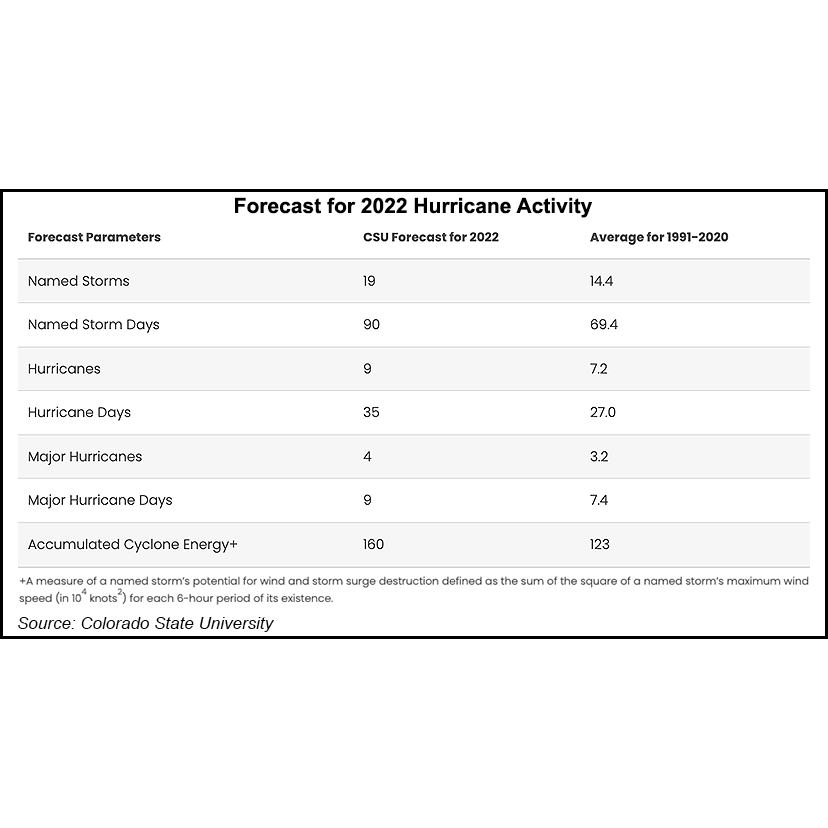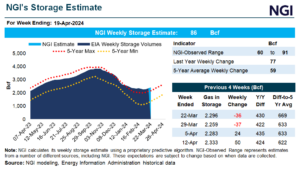Markets | E&P | LNG | NGI All News Access | NGI The Weekly Gas Market Report
Colorado State Meteorologists Calling for Above-Average Hurricane Season
© 2024 Natural Gas Intelligence. All rights reserved.
ISSN © 1532-1231 | ISSN © 2577-9877 | ISSN © 1532-1266 |



